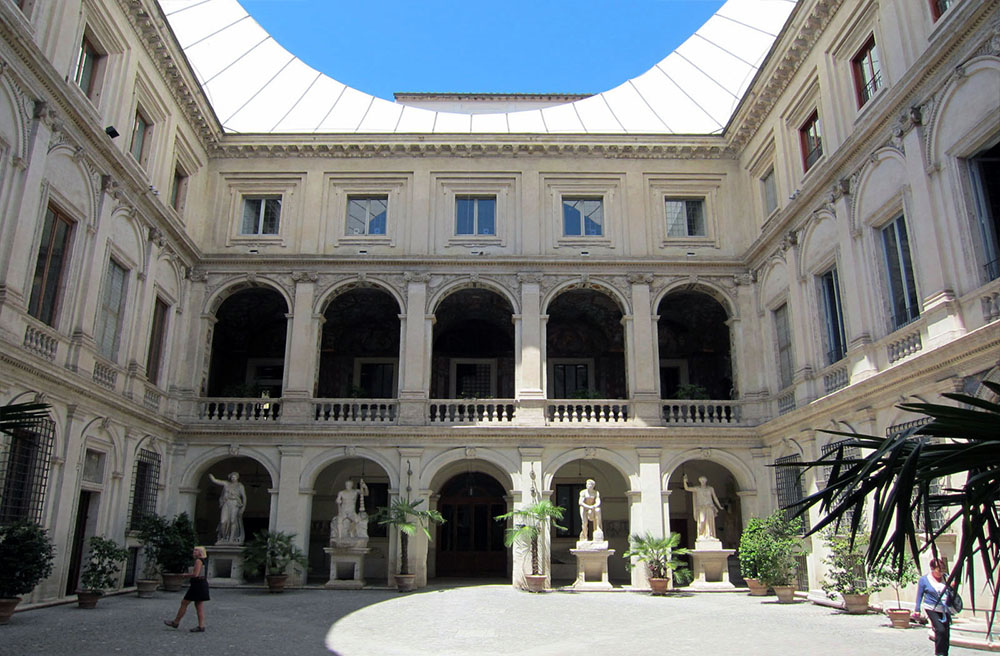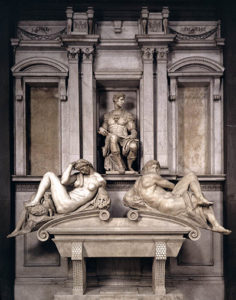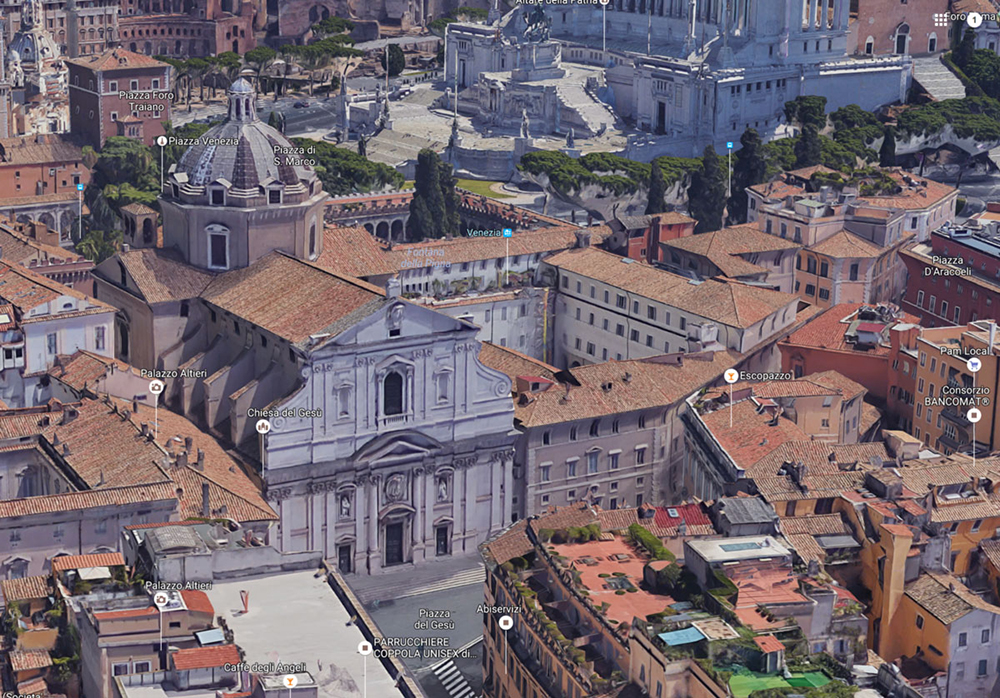![]()
Program Description
This photos on this page are currently being updated. Please check it again in a few days.
Rome
Our first day will begin with Livy on the rise of the republic and the overthrow of the despotic kings. We can reflect on the fundamental issues that form the Roman character in this period. In the afternoon we will visit the Palazzo Massimo, a nineteenth century hospital that now houses great works of Roman art that outline the rise of the Roman republic and the turn to the empire. We will see how Rome’s art is strangely close to our own experience and the inextricable bonds its art held to political life.

On the second day we will continue reading Livy and discuss his account of populist dictators that arise to threaten liberty within the republic. We will visit Michelangelo’s Capitoline hill, where we can explore the renaissance’s attempt to make the revival of ancient popular government a part of the Vatican’s rule of Rome, as well as medieval attempts to overthrow papal and aristocratic rule through popular uprisings. Finally, we can look at Piazza Venezia just below the hill where we can understand the role of modern popular politics in Rome, from the unification of Italy to Mussolini’s fascism.


In the evening we will meet up for a winetasting.
Siena
The following day, we will travel from Rome to the Tuscan hill-town of Siena. Besides being a birthplace of the Italian Renaissance and of the rise of medieval republican government, and a repository for great art and architecture, the Medieval and Renaissance streets and piazzas of Siena are beautiful just as places to stroll. Despite the presence of modern Italian shops, it is like going back in time. Even in the Middle Ages the city-state of Siena was a marvel of town planning. The people of Siena made laws to keep the main piazza picturesque and inspiring. The Sienese are still careful today to keep the entire town closed to traffic, so as to maintain its enchanting, peaceful mood.
In Siena we will explore the political transformation of central Italy from feudalism into city-republics, the true origin of the Renaissance. We will examine the great artistic and architectural creations of this city-republican ideal like the Palazzo Pubblico and its famous Piazza del Campo, and the frescoes of Good and Bad Government by Ambrogio Lorenzetti.

Siena’s participation in a new freer form of political life came along with enormous achievements in religious art. Civic and religious feelings were subtly blended. Siena regarded itself as the heir of the pagan Roman Republic in politics, and, at the same time, as a city dedicated to the Virgin Mary. Hence, the following day we will turn from the political to the great religious art of Renaissance Siena, to Sienese artists like Duccio, Lorenzetti, and Simone Martini, to visiting artists from Florence and Rome, like Donatello, Michelangelo, Bernini and many others, in works in and around the Duomo, one of the greatest monuments of Italian Gothic. We will end this day in Siena with a special dinner out together for some fantastic Tuscan food.

Giuliano de’ Medici
On Friday in Siena we will read Livy and Polybius on what made Rome so powerful. We will discuss the role of mixed government as well as the role of religion and the military in Roman culture. We will leave the afternoon free and you will have the rest of the weekend to enjoy the city at your leisure and your own pace. You can choose to stay in nearby Florence and continue to explore the endless treasury of works by Piero della Francesca, Botticelli, Da Vinci, Raphael, Michelangelo and others, and great monuments to renaissance science and culture.
Or you can choose to travel elsewhere for the weekend, with many beautiful Umbrian and Tuscan cities just nearby. With the fast trains one can now also travel from Florence to places like Venice, Padua, Verona, or Milan in under two hours.
Return to Rome

Back in Rome we will read and discuss Plutarch’s account of the life of Julius Caesar and the end of the republic. The afternoon we will take off.
The following day we will read Tacitus’ account of the fall of the republic and the rise of empire. We will discuss the very different styles of autocratic and republican government, and the very different characters of the peoples living under them. We will take a trip to explore the Ara Pacis and the Piazza of Augustus with his mausoleum.
The following day we will continue reading Tacitus’ account of a life lived under the permanent loss of liberty. We will meet up again at the close of day for a second formal meal together.

Our last day together will be a chance to see the path we have traversed.
We will visit the forum and the palatine to look at growth of the ancient city. This time will offer an opportunity to reflect on our roles as human beings and as citizens in a republic. In the solitude of the ruins we will take new resolve and new hope.

![]()
Program Schedule
(8 days – from Saturday Arrival)
Saturday and Sunday Arrivals.
On Sunday night join us, if you like, for an optional informal dinner with characteristic plates of Roman cuisine.
Tuesday, Rome.
Livy, Founding of the Republic
Trip: Palazzo Massimo
Wednesday, Rome/Vatican City.
Livy, Popular Liberty
Trip: Capitoline
Winetasting
Thursday, Siena.
The City-State and Renaissance Art
Trip: Siena’s Secular Art. Palazzo Pubblico, Piazza del Campo
Friday, Siena.
Livy and Polybius, the Sources of Roman Republican Power
Trip: Duomo And Museo del Duomo
Dinner
Saturday and Sunday: No Activities Scheduled.
Monday, Rome.
Plutarch, Life of Caesar
Afternoon off.
Tuesday, Rome
Tacitus, Rise of the Empire
Trips: Ara Pacis, Piazza Augusto and Mausoleum of Augustus.
Wednesday, Rome.
Tacitus, Life under the Empire
Dinner
Thursday, Rome.
Trip: Forum and Palatine.
Friday Departures
![]()
Registrations and fees
The fees below are per person, and intended for a group of a minimum of 4 to a maximum of 10 people. If you have special requests, and would like some modification to an existing program, or if you would like to book a dedicated program for a closed group, please contact us. We’ll be happy to make special arrangements for you, if at all possible.
The program fee, including all lectures and seminars, is € 1,100 per person. We also request a € 170 activity fee, covering expenses for tours, museums and archeological sites entrance tickets.
RILA leaves its guests free to choose their own accommodation, if they like. However, if you wish to, we can organize your stay in Rome at a three, four, or five star hotel.
For information, please contact us at info@rilarts.org
To make a payment to RILA, you can either make an ACH payment through your bank, or pay with PayPal or credit card. Please note that a 2.2% booking fee will be applied to credit card payments.


































































































